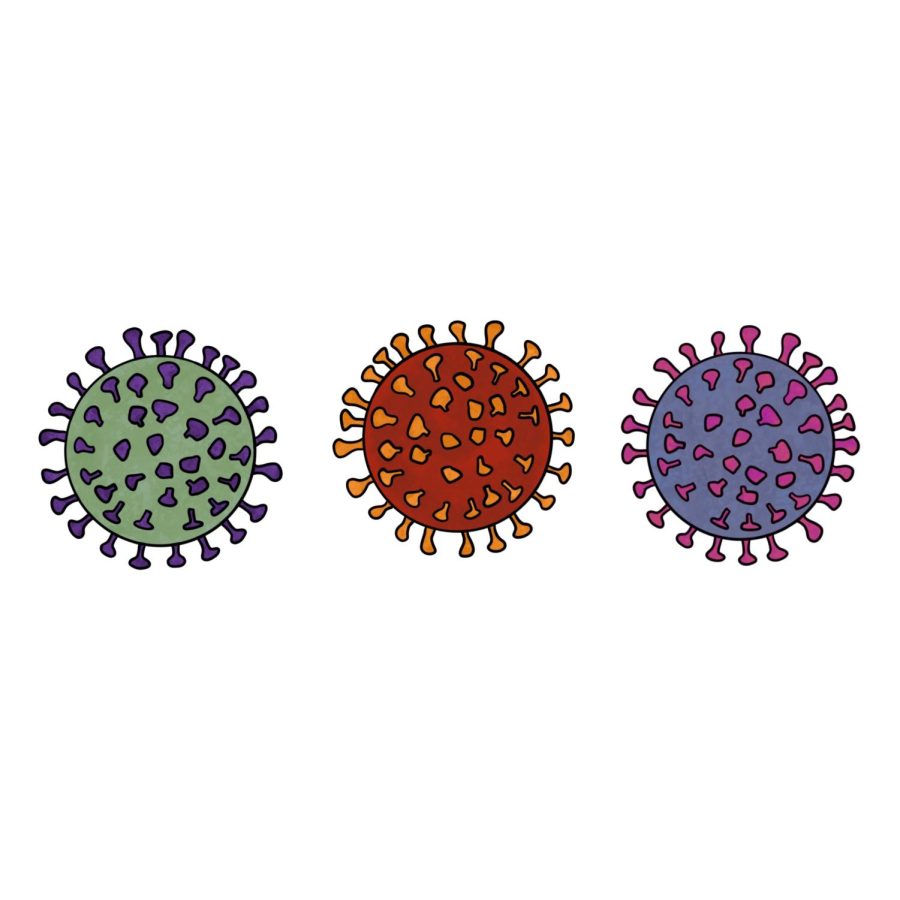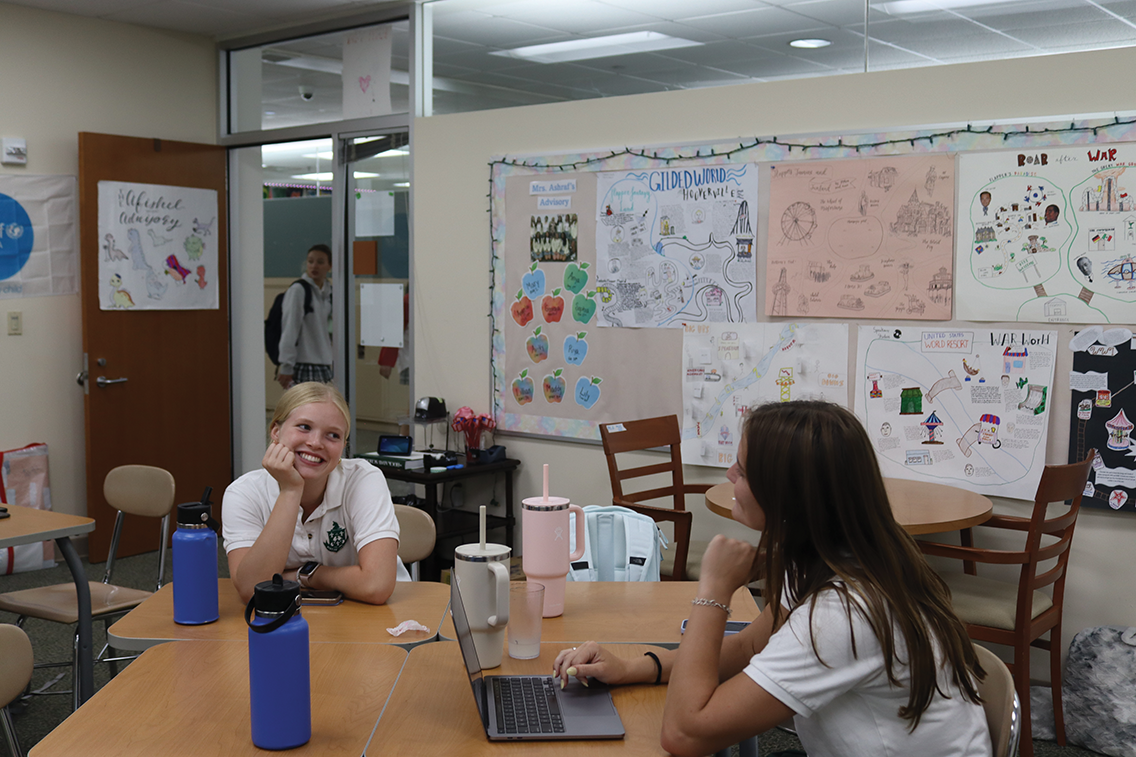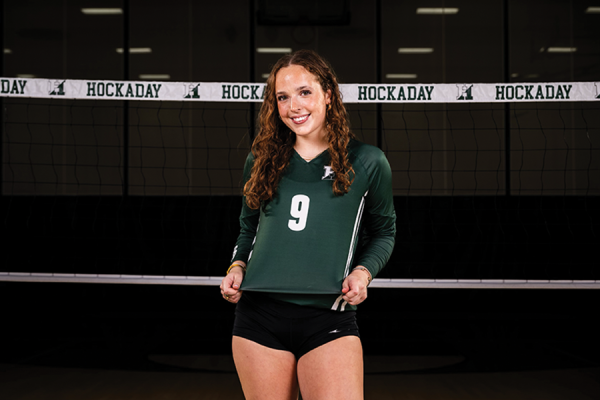Omicron Hits Dallas
New COVID-19 variant sweeps the United States
February 16, 2022
March will officially mark the third year of the COVID-19 pandemic, and in some respects, not much has changed. The production and distribution of vaccines, public health standards and in-home isolations have been commonplace throughout the crisis, but a new challenge has come to the Dallas community.
The Omicron variant of the virus has swept the United States since early December, and now accounts for about 95% of cases in the United States, according to National Geographic. However, those with the Omicron variant report milder symptoms compared to coronavirus and the Delta variant.
National Geographic reports that as of January, adults with Omicron are less than half as likely to be hospitalized or put on a ventilator than their counterparts with other variants of the virus. Those fully boosted are 88% less likely to be hospitalized with COVID-19 compared to those who are unvaccinated, according to preliminary work by researchers from Case Western Reserve University School of Medicine.
Omicron’s transmissibility is visible in the high case numbers in Dallas as of late. On Jan. 3, 2022, alone, there were 15,202 reported cases of COVID-19 in Dallas County, according to a report by the New York Times. This day represents the highest number of cases reported in Dallas County in one day since the beginning of the pandemic in March of 2020.
In addition to it’s high transmission rate, Omicron also has the ability to evade antibodies produced in the human body, leading to many breakthrough cases even in those fully vaccinated and boosted. However, vaccinated Americans have reported less symptoms than those who catch Omicron and are unvaccinated.
Several Hockaday students and faculty have had to quarantine at home, as Omicron spreads around the Dallas community.
“I got a random sore throat one day and got tested for strep, flu and covid,” senior Jules Johnson said. “It was the last thing I thought I had, but the next day I woke up with an unimaginable amount of symptoms. It had been going around through my friends and sports teams.”
During the holiday break in December, Omicron disrupted and affected travel plans for Americans.
“I was traveling abroad, and I wasn’t feeling well and I had to take a test to get home and it came back positive,” junior Virginia Hohenshelt said. “I had to quarantine for five days before they let me come home.”
This proved a common problem many Americans faced after traveling abroad, especially as the United States requires a negative COVID-19 test before citizens can return home. Omicron hindered travel plans across the world, and the consequences of the variant translated as students returned from holiday break.
Schools across the DFW area are handling COVID-19 protocols differently. Some schools, like The St. Mark’s School of Texas, remain mask- optional, while The Greenhill School is requiring all faculty and students to wear N-95 masks. Hockaday still requires masks and asks students to quarantine for 10 days after symptoms appear once they test positive with COVID-19.
However, the CDC now says that people with COVID-19 can end their quarantine after five days if they have no symptoms, or if they are fever-free for 24 hours without the use of fever-reducing medicine and other symptoms have improved.
Quarantining comes with isolation from normal routines, friends and family.
“I think it’s really important to reach out to people that have it to check in on them,” Johnson said. “Quarantine can get really lonely, so reaching out makes it a lot better.”










